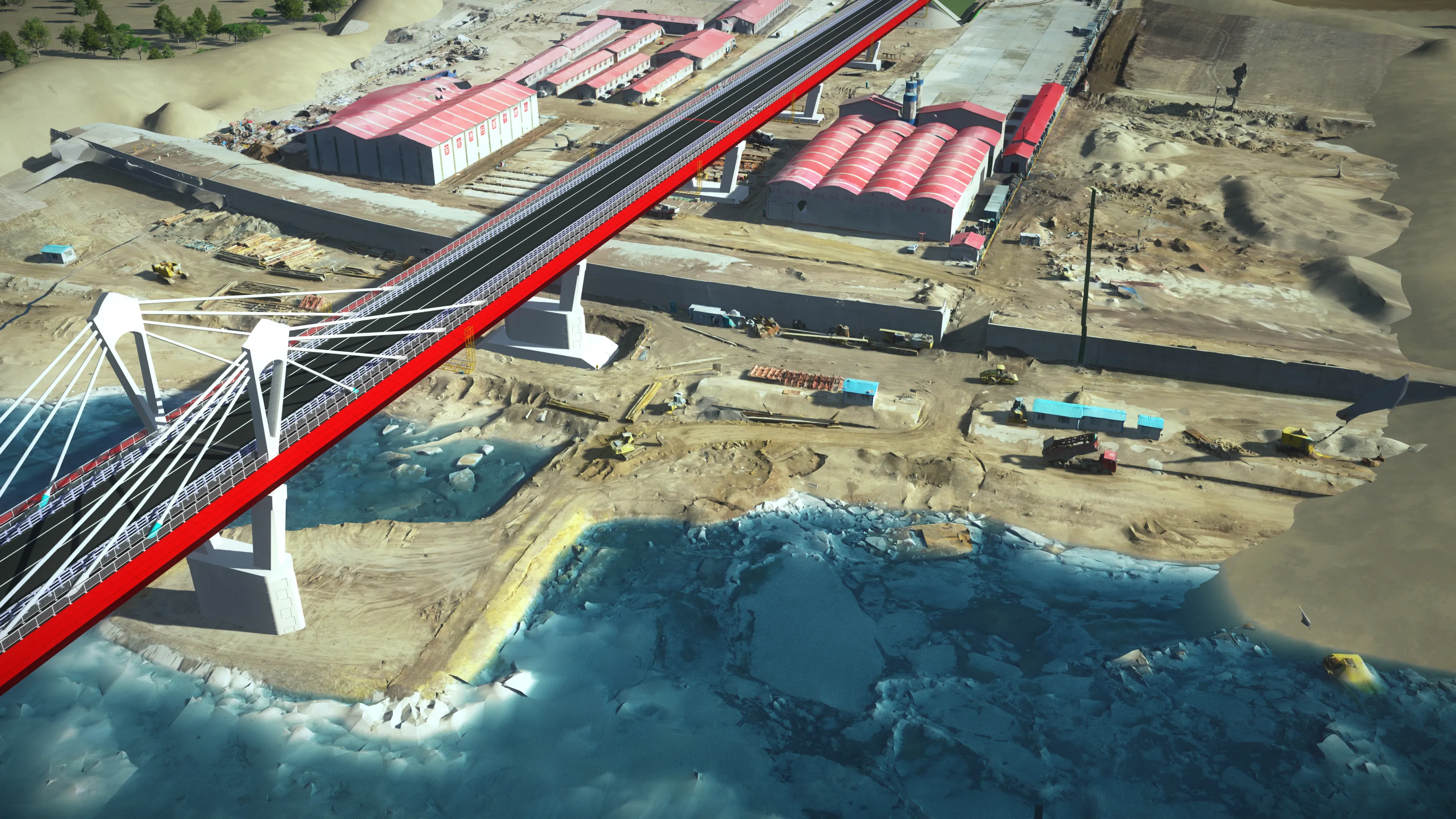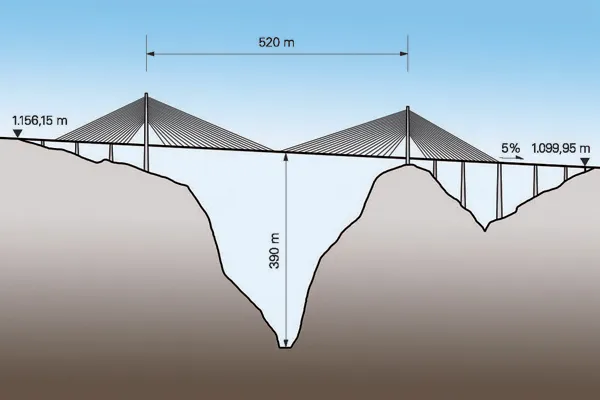
The project is to build a new bridge for Colombia’s Río Magdalena 2 Highway, with the road being one of the primary infrastructure projects currently under development in the country.
The first phase of this project involves the construction of a 1.4km bridge spanning the Magdalena River, a new 14km road, and 10km of maintenance works to the existing road, which connects with the new development.
The construction of the bridge involved the erection of piles and beams up to 30m above the river, for which several types of concrete and additives were supplied to ensure optimal material performance.
“We are proud to participate in the construction of the Río Magdalena 2 Highway. This major highway will ease the connection between the Central Colombia and Atlantic coast regions and will foster new markets in both areas,” said Ricardo Gonzalez, vice president of Construction Segment of CEMEX in Colombia.
Colombia is undergoing a major expansion of its infrastructure at present. Transport links in particular have been prioritised in a major development programme, with new highways as well as tunnels and bridges being constructed right across the country in a bid to boost transport and trade and help develop the economy.









